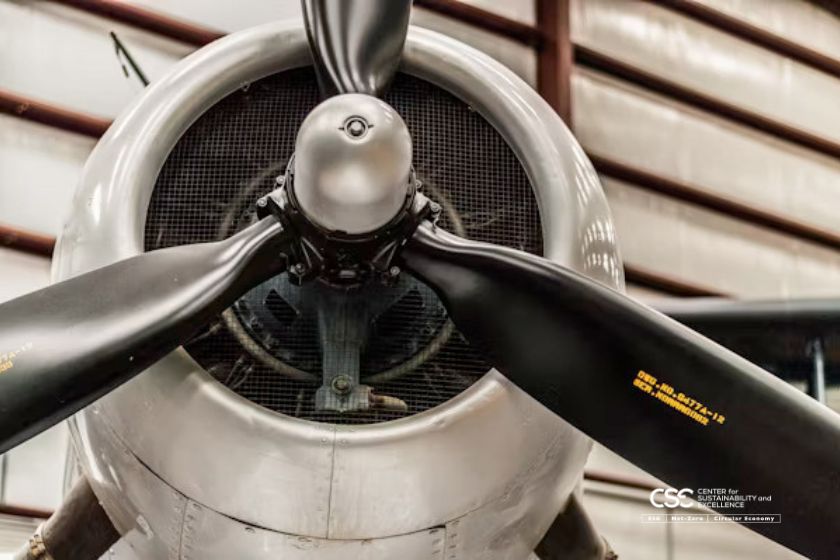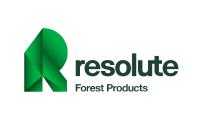In a bid to advance its environmental goals and combat climate change, the European Commission has launched a public consultation on a new proposed Flight Emissions Label (FEL). This initiative aims to provide air travelers with clear and standardized information regarding the carbon footprint of their flights, ensuring transparency and empowering consumers to make informed choices. As part of the broader RefuelEU Aviation regulations—which focus on decarbonizing the aviation sector—the FEL will play a critical role in reshaping how passengers and airlines approach environmental responsibility.
Why Is This Initiative So Important?
The need for such a label is grounded in the EU’s commitment to reducing aviation’s contribution to climate change. Currently, while many airlines offer emissions data, the lack of standardization has led to discrepancies, confusion, and, in some cases, greenwashing—where companies make misleading claims about the environmental benefits of their operations. A report from the European Commission found that only 5% of passengers have access to reliable data on the carbon footprint of their flights, despite 80% wanting to know this information.
The aviation industry is a significant contributor to greenhouse gas emissions, with both CO2 and non-CO2 emissions like soot, nitrogen oxides, and water vapor playing a crucial role in global warming. Non-CO2 emissions, in particular, are often overlooked but are just as important, if not more impactful, than carbon dioxide. The EU aims to change this with its 2025 monitoring and reporting requirements, which will include soot and other emissions in their calculations.
Airlines have faced increasing scrutiny over misleading environmental claims. In April 2024, European consumer authorities sent letters to 20 airlines, challenging their green claims under the EU’s Unfair Commercial Practices Directive. These airlines claimed that paying extra fees for climate projects or supporting sustainable aviation fuels (SAFs) would offset their CO2 emissions—a notion regulators found problematic without scientific validation.
The Industry Response and Challenges
The proposal has sparked a divide within the aviation industry. The International Air Transport Association (IATA), representing over 300 airlines, argues that including long-haul international flights in these monitoring efforts poses significant challenges. The organization claims that the technology for accurately measuring non-CO2 emissions is not yet available and that expanding the rules could raise legal concerns.
On the other hand, low-cost European carriers such as Ryanair and EasyJet have taken a stronger stance, urging the EU to apply the emissions reporting rules to all flights, including long-haul international trips. These airlines argue that comprehensive reporting is necessary to address the full scope of aviation’s climate impact.
This pushback reflects the broader challenge facing the aviation industry: balancing environmental goals with operational and technological realities. While sustainable aviation fuels (SAFs) and carbon offsets have been touted as part of the solution, both face significant hurdles. SAFs, for example, are not yet available in quantities large enough to meet demand, and their environmental impact is still under debate. Similarly, carbon offsets, while helpful, lack universal standards and have been criticized for insufficient transparency and accountability.
What’s Next?
The public consultation on the Flight Emissions Label marks a pivotal moment in the EU’s journey toward aviation decarbonization. This label, set to be implemented in 2025, will serve as a voluntary program initially, allowing airlines to join the initiative. However, the goal is to standardize emissions reporting and offer consumers an easy-to-understand comparison of flights based on their carbon footprints. Factors such as aircraft type, average passenger load, freight volume, and fuel type will be considered in calculating emissions, with a ranking system introduced to highlight the most environmentally friendly airlines.
Additionally, a new website will allow passengers to compare emissions data from different airlines operating on the same route, incentivizing carriers to improve their environmental performance. This transparency aims to level the playing field, enabling passengers to choose airlines based on clear, verified information about their CO2 emissions.
As part of the broader RefuelEU Aviation regulations, the FEL will also push airlines to invest in more sustainable aviation fuels and cleaner technologies. By making environmental impact a visible factor in consumers’ purchasing decisions, the EU hopes to drive demand for greener travel options, further encouraging airlines to adopt more sustainable practices.
Looking Ahead: Navigating the Road to Sustainability
As the aviation industry grapples with its environmental responsibilities, this multifaceted approach—combining transparent labeling, tighter emissions monitoring, and a push for sustainable fuels—represents a crucial step forward. The road to sustainable aviation will not be without challenges. Investments in SAF production and research are critical to bridging the gap between current supply and future demand, while carbon offsets need better oversight and standardization to ensure they remain a viable tool for emissions reduction.
Furthermore, as greenwashing allegations continue to surface, airlines must reassess their marketing practices, ensuring that any claims related to sustainability are backed by verifiable data. The Flight Emissions Label will help mitigate this risk by setting a clear standard for reporting and rewarding those airlines that take meaningful steps toward reducing their environmental footprint.
In conclusion, the EU’s consultation on the Flight Emissions Label is a vital step in creating a more transparent, sustainable aviation industry. With increasing pressure on airlines to meet net-zero targets by 2050, the combination of consumer awareness, regulatory oversight, and industry innovation will be key to reducing aviation’s impact on climate change and achieving a more sustainable future.
Attending our upcoming Europe | Certified Sustainability (ESG) Practitioner Program, Advanced Edition 2024, on Dec. 5-6 & 9, will give you the essential knowledge to navigate evolving regulatory frameworks and stay ahead in integrating ESG principles into business practices.







